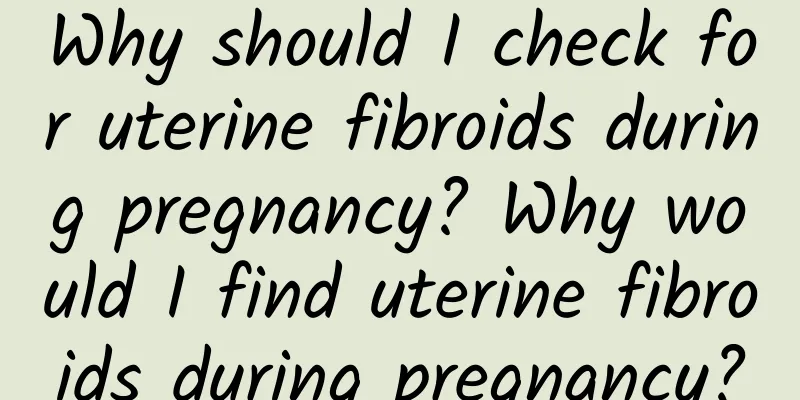What are the symptoms of cervical warts

|
Nowadays, cervical warts are highly contagious, but many people don't know what cervical warts are. In fact, cervical warts are caused by human papillomavirus (HPV) and are transmitted through sexual contact, and are more common in young women. What are the symptoms of cervical warts? Most cervical HPV infections are subclinical, and the lesions are generally small. They can only be found under a colposcope after applying 5% acetic acid. They are fuzzy whitish or slightly shiny white lesions with irregular contours and jagged, multifaceted or feathery edges. Satellite lesions can spread outside the transitional zone, and capillary networks can still be seen. Histopathological examinations typically show papilloma-like hyperplasia of the epidermis, with concave cells visible in the stratum corneum and spinous cell layer. After women are infected with cervical warts, local dampness, heat and chronic irritation often cause them to grow rapidly, forming cauliflower-shaped, nipple-shaped, and cockscomb-shaped warts of varying sizes. They may also form symptoms of different forms of damage. They are soft in nature and easily bleed when touched. The surface is white, dirty or red due to the infiltration of secretions. The root of the wart is narrow and often has a stalk. The surface is moist and often has exudate and erosion. Purulent secretions accumulate in the cracks between the skin lesions, which can easily lead to secondary bacterial infection and emit a foul odor. Note: Other vaginal and cervical inflammations can also cause the above symptoms. At the same time, female leucorrhea can also be affected by external factors, such as before and after menstruation, excessive fatigue, irregular sleep, continuous depression, etc., which can cause abnormal female leucorrhea. When it comes to cervical condyloma, many women tend to associate it with cervical erosion. These two are completely different types of diseases with completely different symptoms. The so-called erosion is rotten, and cervical condyloma is a cauliflower-like growth. Sexual contact is the primary route of transmission for cervical warts, and prevention should focus on preventing unclean sexual intercourse and promiscuity. In addition, a few can be transmitted through non-sexual contact, and personal hygiene should be paid attention to, and daily necessities such as towels, underwear, and bathtubs should not be shared. Cervical warts are not easy to detect because of their hidden location. They are not easy to detect in the early stage and treatment is easily delayed. Knowing the symptoms of cervical warts, pay attention to preventing cervical warts in life. |
<<: What are the symptoms of cervical warts in babies
>>: What are the symptoms of cervical warts in the early stage of the disease?
Recommend
What are the harms of long-term amenorrhea to the body?
What harm does long-term amenorrhea do to the bod...
What are the functions of B-ultrasound examination before abortion? The 4 major functions of B-ultrasound examination before abortion
Abortion is a common gynecological surgery. Altho...
How is Bartholinitis transmitted?
Bartholinitis is more common in women of childbea...
What should women do if they have cervicitis?
Cervicitis is a common disease in women's liv...
What foods can remove uterine fibroids? What foods can remove uterine fibroids?
What foods can remove uterine fibroids? What food...
What are the causes of vulvar leukoplakia?
What are the causes of vulvar leukoplakia? Vulvar...
Take a look at the common symptoms of cervical hypertrophy
What are the common symptoms of cervical hypertro...
Precautions after using Lipu knife to treat cervical erosion
For patients with cervical erosion that is deep, ...
What are the complications of ectopic pregnancy?
Ectopic pregnancy, also known as ectopic pregnanc...
Why do the early symptoms of ectopic pregnancy appear more quickly and become more severe?
Usually, there are some signs when the early symp...
Introduction to the classification of several types of vaginitis that are easily overlooked
In real life, there are several types of vaginiti...
Does abnormal yellow leucorrhea affect pregnancy?
Abnormal yellowing of leucorrhea may affect pregn...
Quick body shaping tips for autumn and winter: men and women have different ways to solve them easily
As the weather turns cooler, many people can'...
Fight butt fat with 4 yoga moves to slim your butt and reduce your abdomen
Female office workers sit in the office for long ...
How to treat dysmenorrhea
Among all kinds of gynecological diseases in wome...









